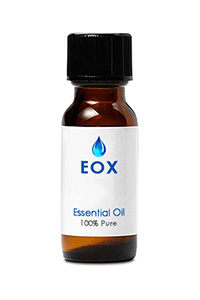New ArrivalsGift Ideas Specials Contact Us

WINTER 5% OFF SALE!
SITEWIDE05
Simply enter the above coupon code and save 5% on your ENTIRE ORDER!
Use PayPal, cash, or checks! NO LIMIT!

Now In: CATEGORIES → Essential Oils → 15ml Bottles → Essential Oil - Caraway Seed
Botanical name: Carum carvi Color: Clear to pale yellow Consistency: Thin liquid Perfumery note: Middle Related Planets/Deities: Mercury Aroma: Seedy, musky, slightly sweet and peppery Energetic Properties: Comforting, warm, slightly dark, slightly sensual Aromatherapy Properties: A pale yellowish brown liquid with a slightly sweet, peppery aroma, similar to a loaf of rye bread! It blends well with basil, chamomile, cinnamon, coriander, frankincense, ginger, jasmine, lavender, orange, and other fruity or spicy oils. Spiritual Uses: Caraway has long been reputed to have protective properties -- particularly in matters of both love and personal property. This also crosses over into Voodoo, where Caraway is viewed as being able to protect children. Being ruled by Mercury, Caraway is useful for those who wish to acquire magickal and spiritual skill, as well as for those who seek to travel between different planes. History: Archaeologists have discovered Caraway seeds in the refuse areas of prehistoric communities in southern Europe, which would seem to indicate that the plant was a part of early man's daily life. Caraway has been called by many names in different regions, including the Latin cuminum (cumin), the Greek karon (again, cumin), which was adapted into Latin as carum (now meaning caraway), and the Sanskrit karavi, sometimes translated as "caraway," but other times understood to mean "fennel." In German folklore, parents placed a dish of caraway seeds beneath children's beds to protect them from witches. Caraway has an extensive culinary history, and is perhaps best known as one of the main seeds used in rye bread. |
|
||||||




